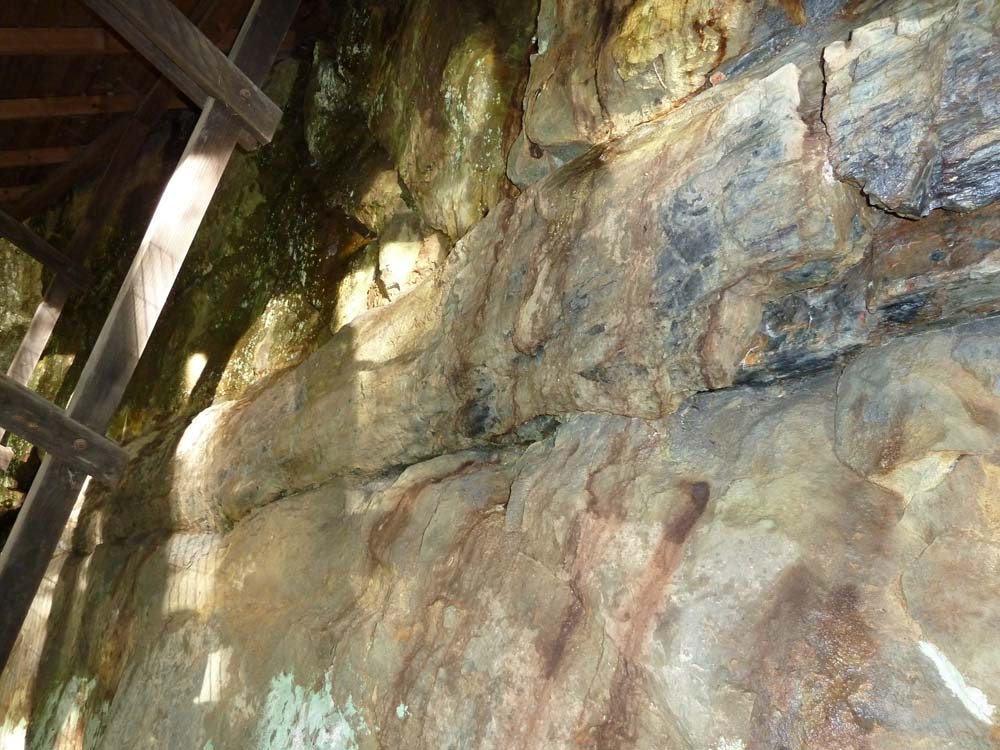When people are unable to obtain any immediate practical benefit from natural formations, at best they go unnoticed – however valuable they may be to scientists. This is the case of the petrified tree in Laas, the largest fossilised plant to be found in Austria. It was uncovered around 1930 during rock blasting work and initially used by local children as a spectacular playground. It was not discovered by geologists until the 1940s, and it was only in 1968 that it was declared a natural monument. Since then, several other petrified trees have been found in Laas. The first tree mentioned is over 280 million years old and proves that trees of up to 30 m in height grew during the Permian Period. They had widely branching crowns but were not true coniferous trees as we know them today; instead they were their predecessors, cordaites. The scientific name for the tree is Dadoxylon schrollianum. The wood itself has not been preserved; instead the fossil consists of the tree’s pores filled with quartz. The fact that the trees are irregularly distributed in the host rock indicates that they did not grow here, but rather were washed here by torrential water.
Cerca
Ultimi Post
- The temporary exhibition “The Wonders of the Underworld – Ampezzo, 20th June 2020
- The Geological Museum in Ampezzo opens next Saturday
- The temporary exhibition “Fossil fish from the Friulian Alps” opens again
- Coronavirus Emergency – extraordinary closing
- Presentation conference – book “INSIDE THE CARNIC ALPS” – Udine, 25th June 2019

